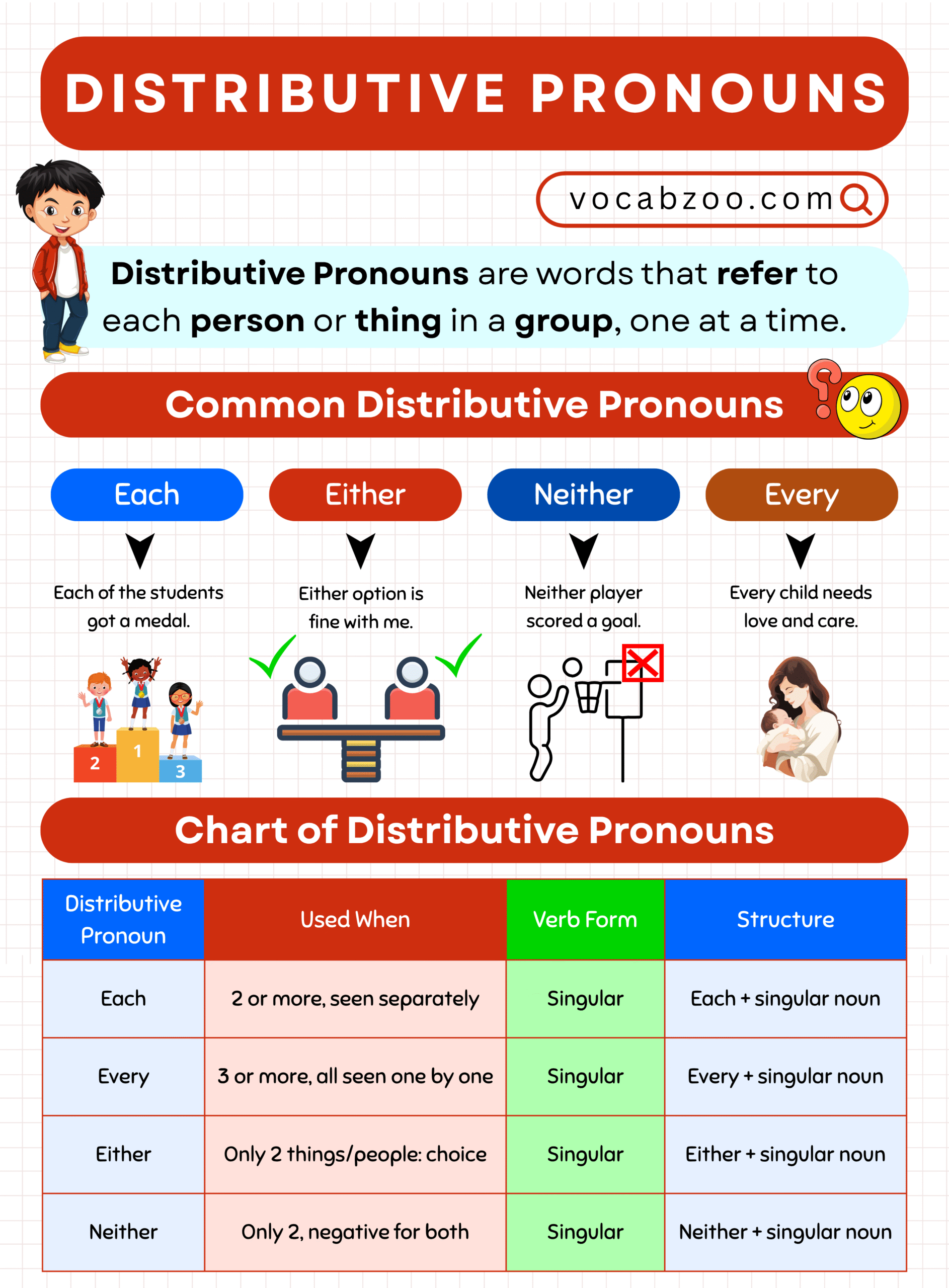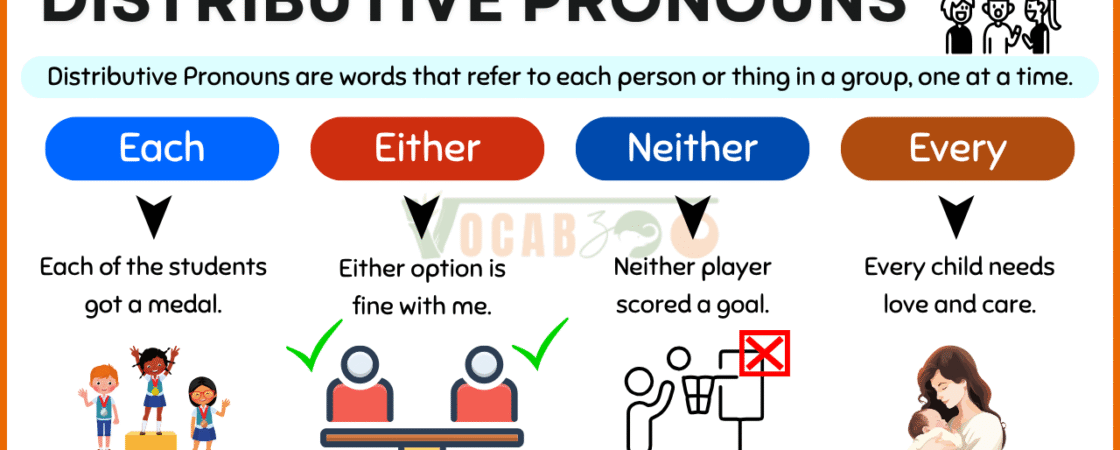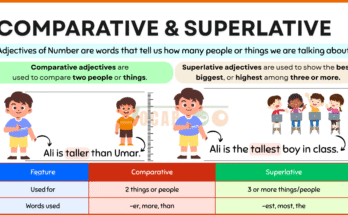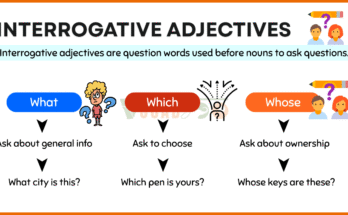Do you ever talk about people or things one at a time from a group? That’s where distributive pronouns help. In this blog post, you will learn what they are, how they work in sentences, and why they are important in clear English. These pronouns help you speak about individuals separately in a simple way.
You may also need to learn more Types of Pronouns in English with their easy examples.
What are Distributive Pronouns?
Distributive Pronouns are words that refer to each person or thing in a group, one at a time. They show that the action or thing is shared or divided among members of a group.
📌 They focus on individuals — not the group as a whole.
Common Distributive Pronouns
Here are the most used distributive pronouns in English:
- Each ➤ Everyone separately
- Either ➤ One of two
- Neither ➤ Not one or the other
- Every ➤ All but looked at one by one

Examples in Sentences
Let’s see how these pronouns are used in real life:
- Each of the students got a medal.
- Either option is fine with me.
- Neither of the answers is correct.
- Every child needs love and care.
- I spoke to each of them personally.
- You can choose either tea or coffee.
- Neither player scored a goal.
- She looked at every photo on the wall.
Rules of Distributive Pronouns
Here are the main grammar rules you need to remember:
Always singular:
Distributive pronouns are singular, so they need singular verbs.
Example: Each student is ready.
Used with countable nouns:
These pronouns are used when we can count people or things.
Used to show division:
They divide the group into individuals.
Example: Neither answer is correct.
Often followed by “of”:
We say each of, either of, neither of, etc.
Example: Each of the boys was tired.
Usage of Distributive Pronouns
Here’s how to use distributive pronouns in everyday English:
| Pronoun | Usage | Example |
|---|---|---|
| Each | To talk about every person/thing one by one | Each child received a gift. |
| Every | For 3 or more things/people, one by one | Every room has a fan. |
| Either | To show one choice out of two | Either road leads to the city. |
| Neither | To show that none of the two is true | Neither answer was correct. |
Chart of Distributive Pronouns
| Distributive Pronoun | Used When | Verb Form | Structure |
|---|---|---|---|
| Each | 2 or more, seen separately | Singular | Each + singular noun |
| Every | 3 or more, all seen one by one | Singular | Every + singular noun |
| Either | Only 2 things/people: choice | Singular | Either + singular noun |
| Neither | Only 2, negative for both | Singular | Neither + singular noun |
Quick Explanation
- Each – used when we talk about people or things separately.
- Every – used when we talk about all, but one by one.
- Either – used for choosing one out of two.
- Neither – used when none of the two is chosen.
📌 These pronouns are always singular, so use singular verbs with them.
Example: Each is, Either has, Neither was
Use in Different Contexts
Let’s look at how distributive pronouns are used in different situations:
✔ In School:
Each student must bring a pencil.
✔ In Shopping:
You can buy either the blue shirt or the green one.
✔ In Exams:
Neither question was easy.
✔ In Daily Talk:
Every person has a dream.
Practice Exercise for Distributive Pronoun
Choose the correct distributive pronoun:
- _____ of the books is interesting.
- You can take _____ pen – blue or black.
- _____ of them knows the answer.
- _____ child deserves a safe home.
Answers:
- Each
- Either
- Neither
- Every
Distributive pronouns are simple and easy to use once you understand their meaning and role. With a little practice, you can use them naturally in your speaking and writing.
Read More



